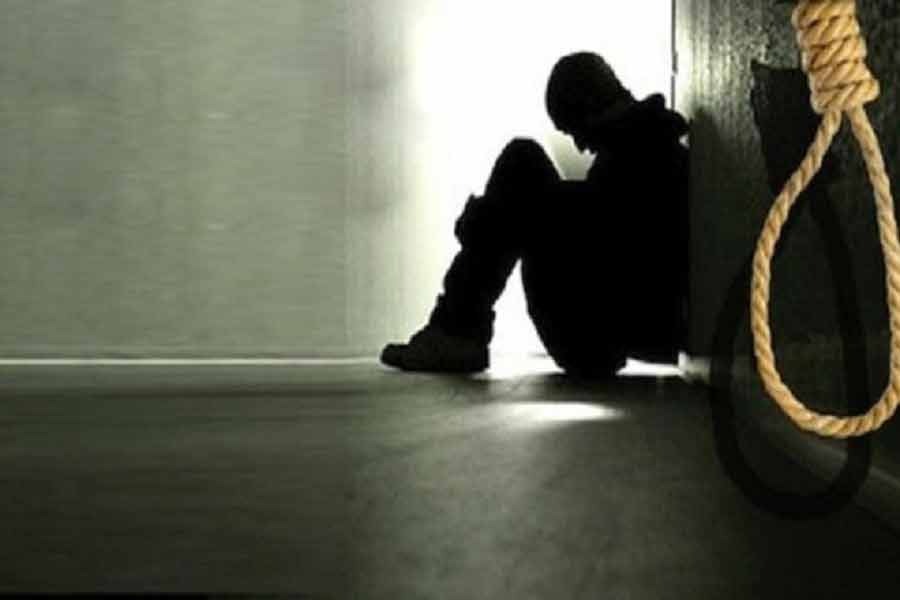
Published :
Updated :

The self-inflicted tragedy that befell a family of four at the Bamunshikhar village in Paba Upazila of Rajshahi tells us about another level of poverty that is hardly discussed in the circles concerned. As reports go, the breadwinner of the family, Minarul Islam (35), saddled with crippling debts and unable to feed his family members, first strangled his wife and two children and then committed suicide by hanging himself from a ceiling fan. The dead bodies were recovered last Friday (August 15) by Rajshahi police from the victims' house. A suicide note Minarul left tells the story of his desperation in which he held none but himself for the tragedy.
But why did he kill his wife and two children-- in all probability against their will? As he confessed in the suicide note, he killed them so after his death they may not have to be at other's mercy for their sustenance. But it can hardly be any justification for killing one's near and dear ones. To all appearances, his sense of self-dignity was so high that he would rather die and force his close ones to do so than share what he was going through with others. Minarul's is not the sole instance of such desperations leading to suicides accompanied by murder of family members. Many incidents of such collective suicide are reported from time in the media, while others are not. But in most cases, it is poverty that often drives a poor mother to kill herself and her children or a man committing such suicide and murders as in the present case.
This is an issue for social psychologists and experts to explain why some otherwise normal people resort to such extreme means when in great difficulty like indebtedness or abject poverty. However, people often consider these as stray incidents and then let them fade into oblivion. No further thought is given to such incidents though their number won't be small if counted over a particular year. Such collective suicides linked to poverty usually happen during lean months of the year when jobs are scarce as it was in the case of Minarul. He was not from an indigent background as evidenced from the description of his household provided in the media reports. Neither the man's parents who lived in quarters adjacent to his were poor. But as it came out, even they could not be of any help to save their son, daughter-in-law and grandchildren. From the facts of this particular suicide as could be gleaned from reports on conversation of press people with the suicide victim's blood relations, he borrowed money at exorbitantly high interest rates from some loan sharks or even NGOs. And Minarul could not stand the relentless dunning by the moneylender(s) to repay the weekly instalments of the loan. So, the moneylenders, whoever they might be, cannot also absolve themselves of their wrongdoing in pushing the debt-ridden person to self-destruction. However, the fact remains that it is grinding poverty that drove an entire family to prefer death to penury and indignity. These are the kind of people who would suffer their economic hardships in silence, but would never try to draw others' sympathy by telling their story of sufferings.
One would occasionally come across reports of people from middle income brackets, but of late rendered poor due to loss of income, silently standing in queue in the hot summer sun for hours to get low-priced essential commodities delivered from TCB trucks. They never complain nor jostle and shove in the crowd to get closer to the delivery vans, but would rather leave the place silently in case the supplies prove to be limited. One would hear of such people doing low-paid odd jobs during Covid time. And many of them also choose the path of Minarul in the end.
Social and poverty researchers need also to study the phenomenon of people taking their own lives out of penury and find ways to address it.


 For all latest news, follow The Financial Express Google News channel.
For all latest news, follow The Financial Express Google News channel.